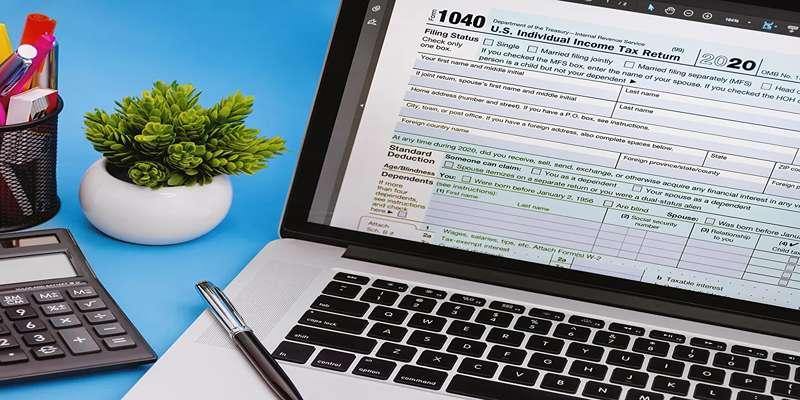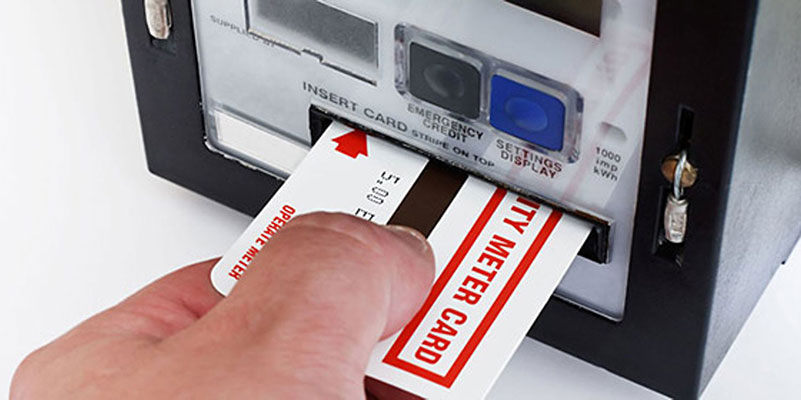
Tax season is here, and most tax filers worldwide are burning the midnight oil to reduce their taxable income, claim credits and deductions wherever possible, and finally pay lower taxes.
As more individuals become environmentally conscious in making financial decisions, green credits have also become an attractive method for taxpayers to minimize their tax obligations while being eco-friendly.
In this post, we will look at how you can use government initiatives or other green incentives that can help you save money on your taxes.
An Overview of Tax Deductions and Credits Available to Tax Filers
Tax season can be a stressful time for many people. Most tax filers seek ways to reduce their tax bill and take advantage of any credits or deductions. Here's an overview of some of the most popular deductions and credits available to taxpayers:
Standard Deduction
The standard deduction is a fixed amount that most taxpayers can claim on their tax return. This deduction reduces the income subject to taxation, allowing you to save money on your taxes.
Itemized Deduction
You can deduct costs from your taxable income through itemised deductions, including payments for things like medical bills, mortgage interest, and charitable contributions. If you have a lot of these costs, itemising your deductions rather than using the standard deduction will allow you to reduce your tax liability.
Green Credits
Many states and local governments offer green credits, which allow taxpayers to receive a tax credit for making energy-efficient upgrades or purchasing eco-friendly products. Embracing green credits can help you reduce your tax bill while protecting the environment.
Most Tax Filers Work to Slash Their Bill
Tax season can be stressful for many, but there are several ways to reduce your taxes by taking advantage of deductions and credits available to taxpayers. By understanding these options and utilizing them most effectively, you can slash your tax bill and put more money back in your pocket.
Benefits of Itemized Deductions for Lowering Tax Bills
When filing their taxes, the majority of people try to pay as little as possible in taxes. Utilising itemised deductions is one approach to achieve this. Taxpayers can record itemised deductions as costs on their tax return to reduce the amount of taxable income they are required to report. This may drastically lower their overall tax burden.
Some common itemized deductions include medical and dental expenses, mortgage interest payments, charitable contributions, state and local taxes paid, casualty and theft losses, and home office expenses. Taxpayers should look into these deductions to explore their full potential for reducing their tax bill.
In addition, taxpayers may also be able to take advantage of green credits to lower their taxes. Green credits are tax incentives that encourage individuals to make energy-efficient improvements to their homes by allowing them to deduct the cost of energy-saving products and services from their taxes.
Examples include installing solar panels, using energy-efficient appliances, and replacing outdated windows and doors with more energy-efficient models.
Advantages of Green Credits, such as Solar Power and Alternative Energy Sources
Most tax filers are looking for ways to reduce their tax bill, and one way to do this is by taking advantage of green credits. Green credits are available for taxpayers who install solar power systems, purchase energy-efficient appliances, or use alternative energy sources such as wind or geothermal.
These credits can significantly reduce your taxable income and lower the tax bill. Many green credits are also eligible for additional deductions or exemptions based on the type of energy used and the amount saved.
By taking advantage of these credits, taxpayers can save money on their taxes and reduce their environmental impact. Not only will they be helping to reduce emissions from traditional energy sources, but they will also be reducing their overall energy costs.
In addition, green credits can help increase a home's or other property's value and may even qualify for additional tax deductions or exemptions.
Understanding the Impact of Charitable Contributions on Your Tax Bill
Most tax filers work hard to slash their bill, and charitable donations are an effective way to do this. Not only can you write off your contributions for the year, but additional credits and deductions may also be available depending on your state.
Tips for Maximizing Charitable Contributions to Receive Higher Deductions at Tax Time
As most tax filers work to slash their bill at the end of the year, charitable donations often need to be remembered. However, they can greatly reduce your taxable income and receive a higher deduction from the IRS. Here are some tips for maximizing your charitable contributions:
1. Take advantage of green credits
If you donate to a nonprofit organization that focuses on sustainability or green initiatives, you may be eligible for tax credits from the government. Be sure to keep records of your donations and research how they can help lower your taxable income.
2. Follow donation rules
Follow all IRS regulations to ensure you get the most out of your donations. Keep track of all your donations (including the amount and date) and make sure they are legitimate tax-deductible organizations before filing them with the IRS.
3. Donate non-cash items
Many need to realize that donating to charities can be more than just writing a check or giving cash. If you have gently used items such as furniture, appliances, cars, or electronics you no longer need, these can also be donated for a tax write-off.
FAQs
What is the meaning of tax credit?
A tax credit is a sum of money that reduces the amount of taxes you owe. It's different from a tax deduction, which lowers the income subject to taxation. Tax credits are typically available for specific activities, such as making energy-efficient home improvements or being a first-time homebuyer.
What is the difference between a tax credit and a tax deduction?
A tax credit directly reduces the taxes you owe, while a tax deduction reduces the income subject to taxation. Tax credits are available for specific activities or circumstances, while deductions may be taken for various items in varying amounts.
For example, installing energy-efficient windows may qualify for an energy tax credit while deducting a percentage of your mortgage interest payments from your taxes.
What tax status takes out the most money?
Most taxers work to reduce their taxes as much as possible, and there's no one-size-fits-all answer for reducing your tax bill. However, certain credits and deductions may help you slash your taxes substantially.
For example, the Earned Income Tax Credit is available for low-income tax filers, and some green credits may help you save on your energy bills. Additionally, many states offer tax credits for those who make charitable donations.
Conclusion
This guide has helped give you an overview of the strategies and credits available to pay as little tax as possible. Most tax filers work hard to minimize their tax bill, and taking advantage of green credits is one way.
While it may seem daunting initially, understanding the basics can help you get the most out of your tax return. With some research and preparation, you can be sure you are making maximum use of any applicable credits and deductions.





